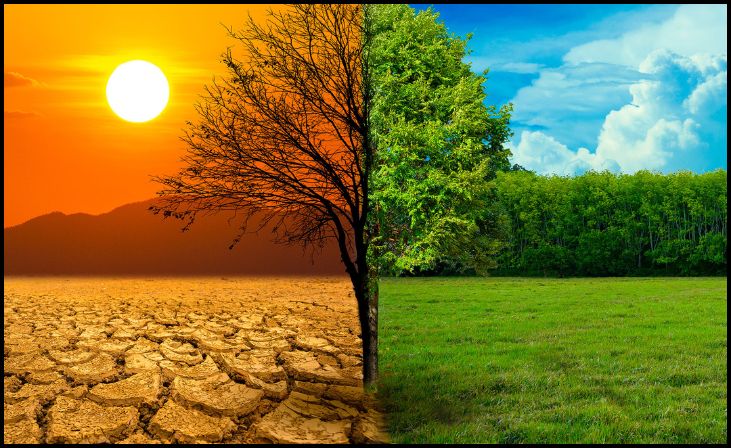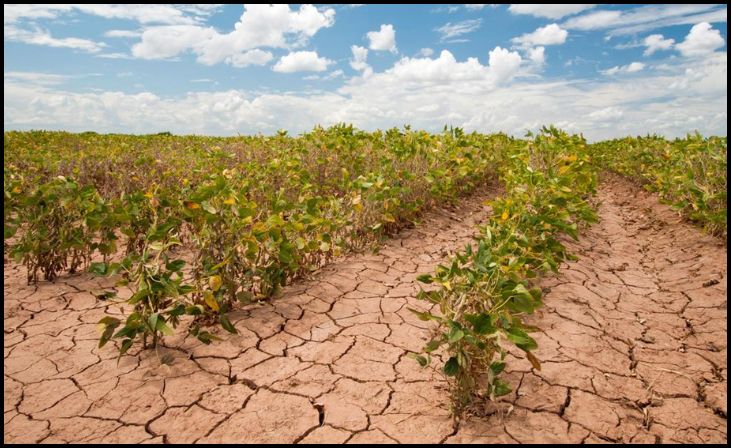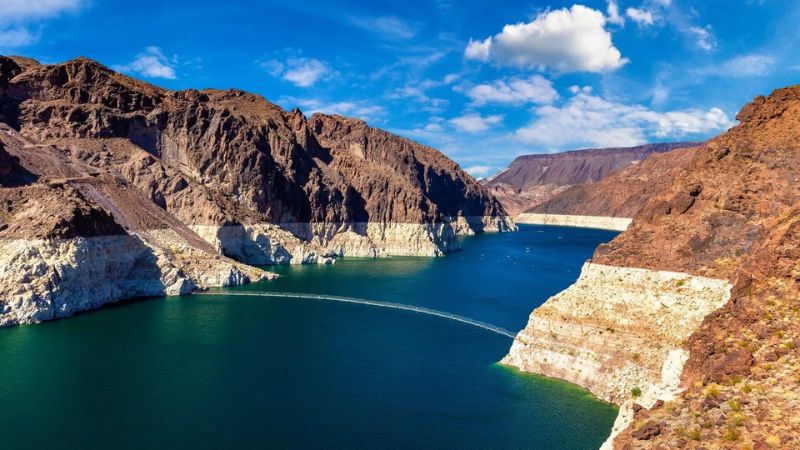In 2024, Lake Mead, one of the largest reservoirs in the United States, faces critical water level fluctuations. The intricate dance between supply and demand, compounded by climate change, has intensified concerns about the sustainability of this vital water source. Understanding the dynamics of these fluctuations is crucial for policymakers, environmentalists, and the public alike.
1. Historical Context
Lake Mead, formed by the Hoover Dam on the Colorado River, has been a linchpin in water management for decades. However, recent years have seen a steady decline in its water levels, attributed primarily to prolonged drought and increased water usage.
2. Impact of Climate Change

Climate change exacerbates the challenges faced by Lake Mead, leading to reduced snowpack, earlier snowmelt, and prolonged periods of drought. These factors contribute to declining inflows into the reservoir, putting additional strain on water resources.
3. Water Management Policies
Water management policies play a crucial role in regulating the allocation of water from Lake Mead. The complex interplay between federal, state, and local entities underscores the need for adaptive strategies to address changing conditions.
4. Effects on Agriculture

The agricultural sector heavily relies on water from Lake Mead for irrigation purposes. Declining water levels can lead to reduced allocations, impacting crop yields and agricultural livelihoods in the region.
5. Urban Water Supply
Metropolitan areas in the vicinity of Lake Mead depend on its water for residential and industrial purposes. As water levels decrease, municipalities may face challenges in meeting the growing demand, necessitating conservation measures and alternative water sources.
6. Environmental Concerns
The ecological health of Lake Mead and its surrounding habitats is intricately linked to water levels. Fluctuations in water levels can disrupt ecosystems, endanger species, and compromise biodiversity, highlighting the need for sustainable management practices.
7. Recreational Activities

Lake Mead is a popular destination for recreational activities such as boating, fishing, and camping. However, diminishing water levels can limit access to certain areas and impact the overall visitor experience, prompting concerns among recreational enthusiasts.
Conclusion
In conclusion, the fluctuations in Lake Mead water levels in 2024 underscore the complex challenges posed by climate change, water management policies, and competing interests. Addressing these issues requires collaborative efforts, innovative solutions, and a commitment to sustainability. By understanding the nuances of these fluctuations and implementing proactive measures, we can work towards ensuring the long-term viability of this vital water resource for future generations.






